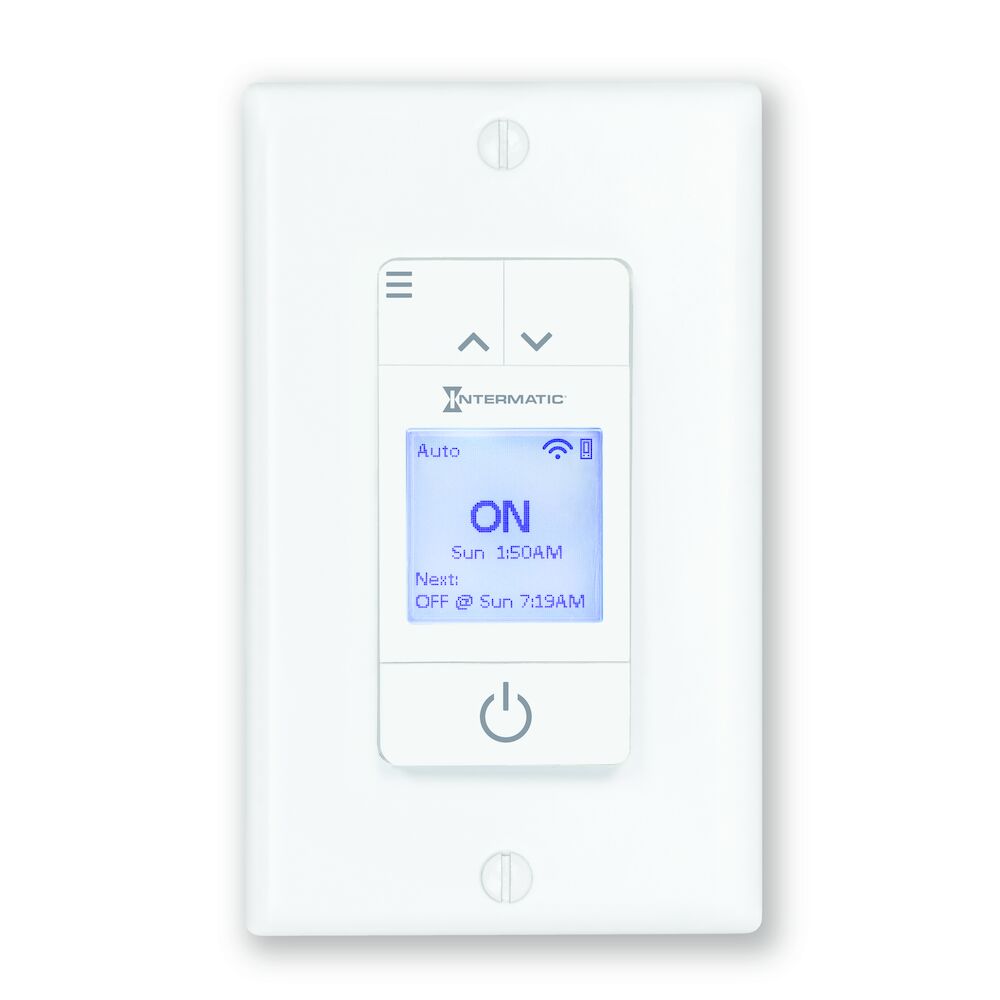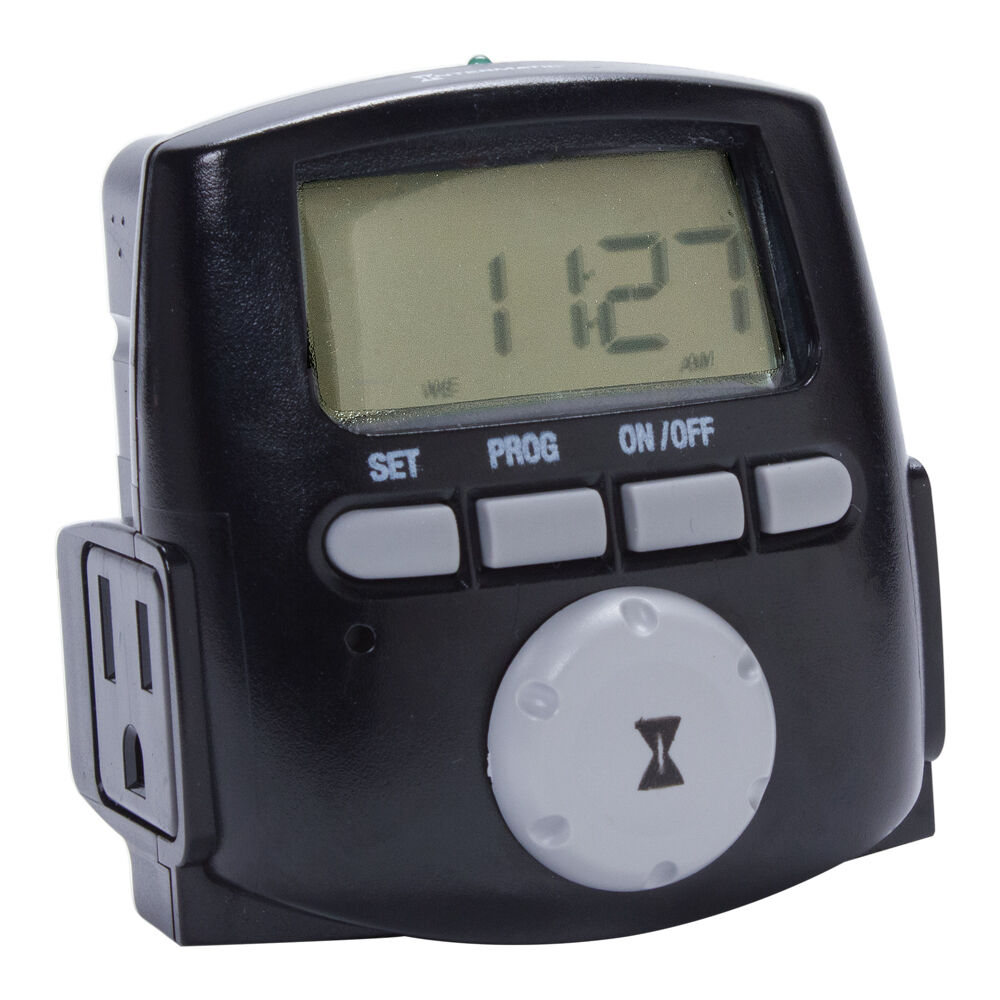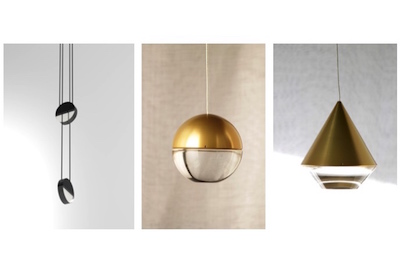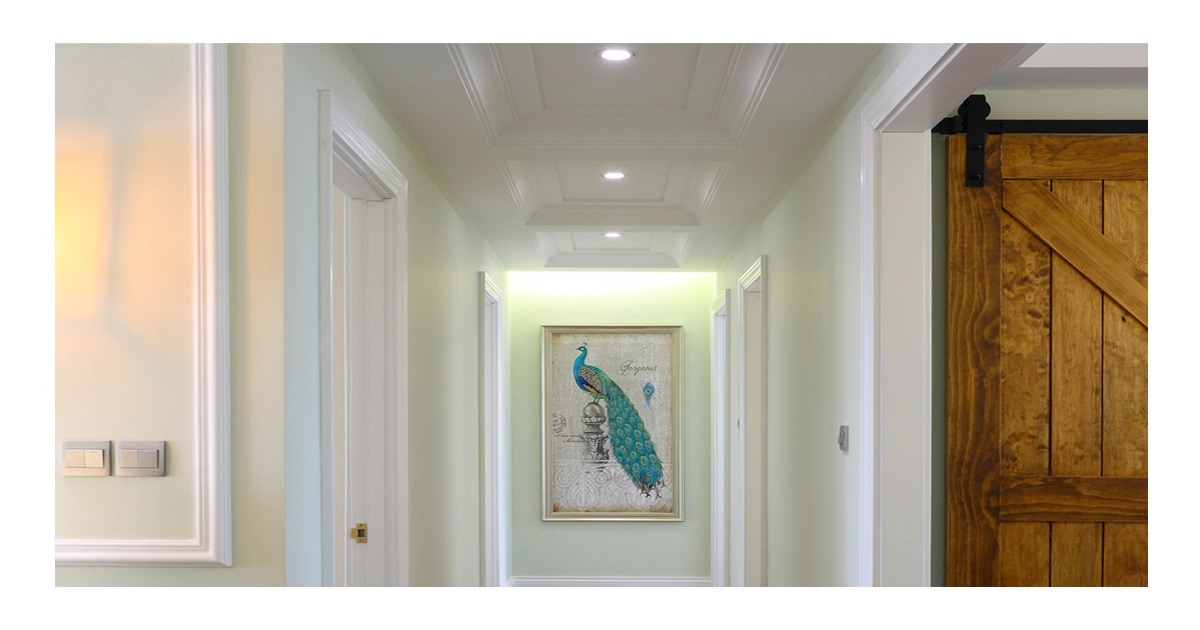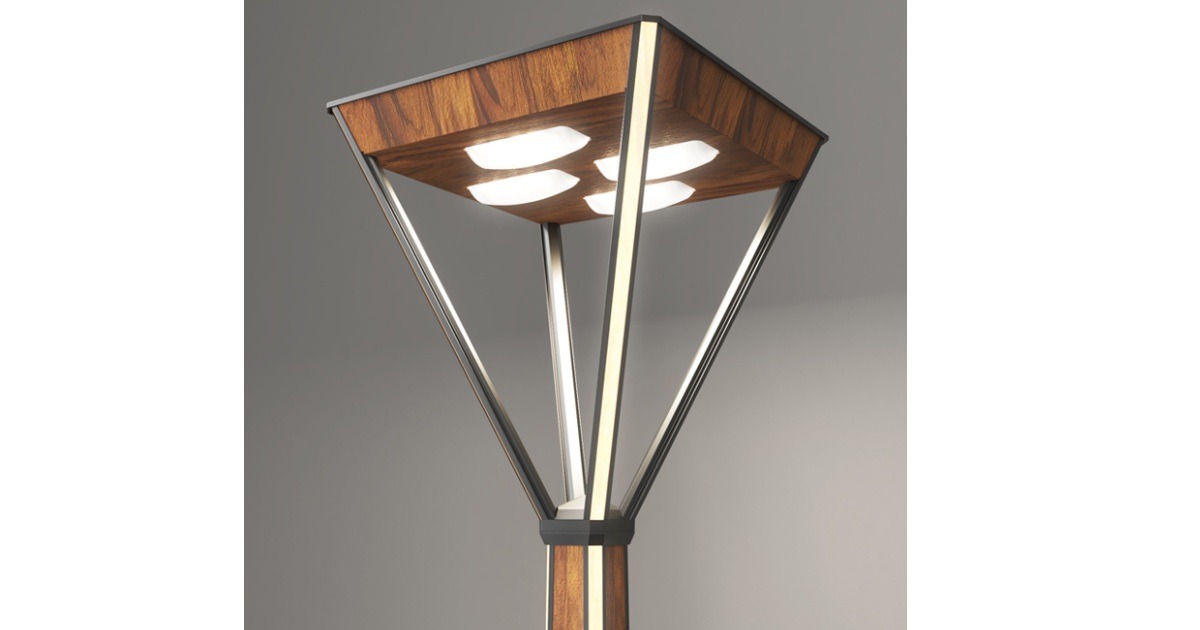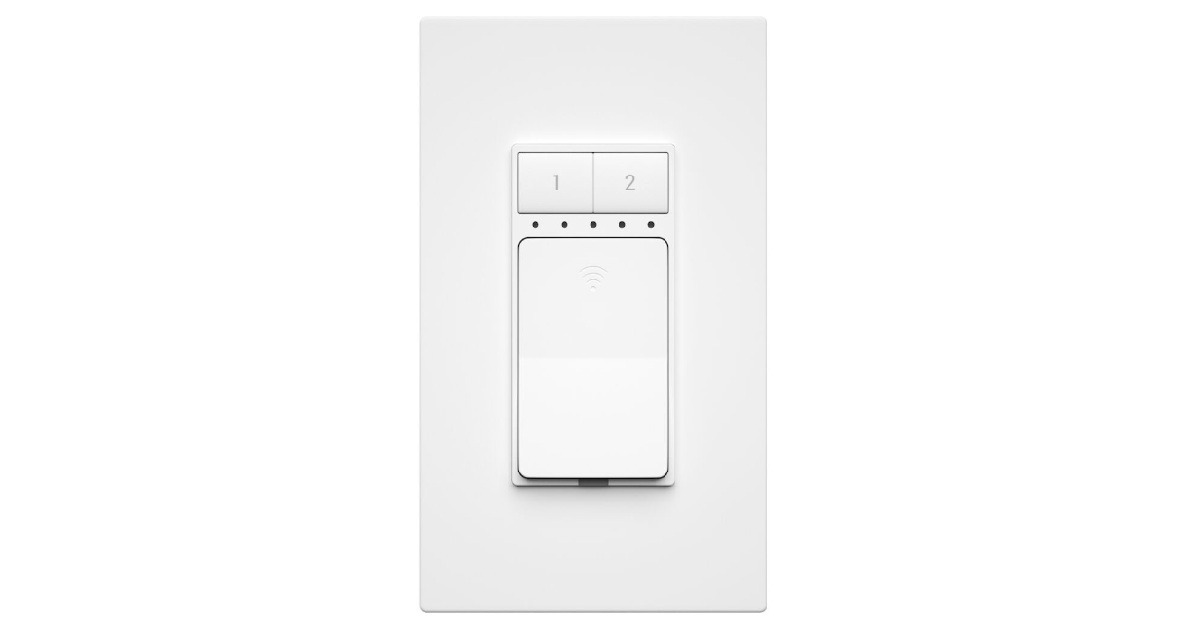3 Areas to Reduce Energy Waste in Your Home and Office with Intermatic
April 21, 2023
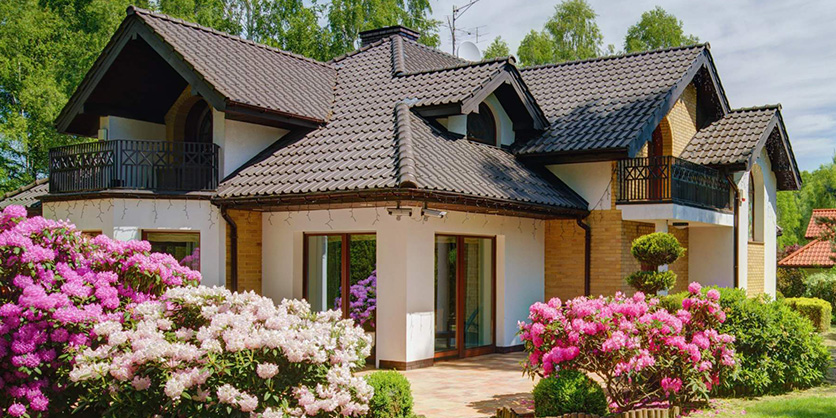
It may sound old-fashioned, but the simple advice to ‘turn off the light’ when leaving a room still rings true. Lighting accounts for roughly 15% of all residential electrical bills, making it practical and cost-effective to seek out opportunities to reduce energy waste.
Installing lighting controls in key areas around your home or office and updating light bulbs to LED (a practice that’s encouraged by the upcoming phaseout of incandescent bulbs) can have an immediate positive impact on your monthly budget.
Here are three key areas to look to when upgrading lighting solutions.
Update Your Entrance Way
The place for keys, coats, and one last glance in the mirror, a home’s foyer or entranceway is a central hub bustling with activity. Solutions like ASCEND® Smart or ST01 make it easy to create ON/OFF schedules based on the time of day or Astronomic dusk and dawn. This allows individuals to balance a variety of needs, including safety and business operating hours.
For example, a homeowner may choose to turn lights on at dusk each day as visibility wanes, then off at 10 p.m. when they typically go to bed. Conversely, a business may choose to keep lights on for a fixed schedule during the work week (e.g., 7 a.m. to 6 p.m.) to align with standard operating hours, then reduce lighting over the weekend the business is closed.
Along with its robust scheduling options, ASCEND Smart also gives users the ability to turn lights ON/OFF remotely via the ASCEND app. This can be helpful when returning home after dark and when leaving home for extended periods.
Investigate Limited-Use Spaces to Reduce Energy Waste
If you have to think about the last time you’ve been down to the basement storage area, attic, garage, or laundry room, the space is probably a good fit for an occupancy sensor. Simple in-wall solutions like our IOS-DSR-WH Occupancy Sensor are quick to install, easy to configure and provide lasting value. This sensor does not require a neutral wire and is ideal for any space with sporadic activity but requires reliable lighting. Alternatively, installing a countdown timer like the EI220W can provide flexible control while ensuring lights turn off after a set interval.
In a commercial setting, occupancy sensors are an excellent choice for high-traffic, limited-use areas, such as single-use bathrooms, exam rooms, and supply closets. Once installed, users can also adjust settings such as sensitivity and hold time to fit their specific business needs and reduce energy use.
Be Mindful of Outdoor Lights
Just like interior lights, outdoor lights can unintentionally strain monthly utility expenses. Rather than controlling these lights manually, homeowners can pair them with a reliable photocontrol to guarantee they turn on whenever outdoor conditions warrant it. Our electronic photocontrols are specifically designed to work with LED fixtures and are available in a wide range of mounting styles for easy installation. Along with this, homeowners can simplify holiday lighting by pairing their outdoor displays with plug-in controls like the DT200LT Digital Landscape Timer. Whether controlling an inflatable pumpkin or a neon Santa Claus, plug-in controls take the hassle out of switching decorations ON and OFF while ensuring they’re displayed during prime time.
In an office or retail setting, outdoor lights are typically important in terms of business visibility and safety. Because of this, operators should look to areas like parking lots and signage when considering where to install lighting controls. For example, installing photocontrols along walkways and parking areas can provide employees and patrons with an added level of security from dusk to dawn.
Have a lighting control success story at your home or office? Share your best practice on Facebook or Twitter!
More information available Here

